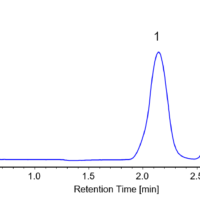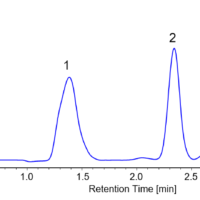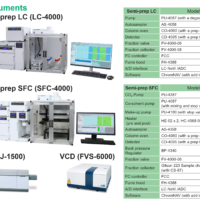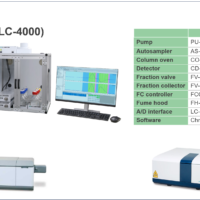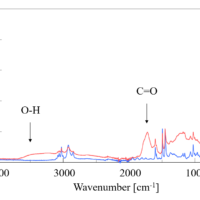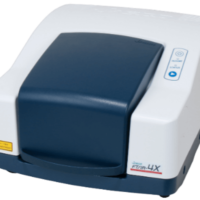HPLC system configuration
A HPLC system consists of five parts: a pump for liquid delivery, an injector for sample injection, a column for separation, a detector, and a data processor (Fig. 4). The pump is used to deliver the solvent and sample, and the sample components are sent to the detector. For sample injection, an injector (manual) or an autosampler (automatic) is used. To achieve more stable separation, an oven may be used to keep the column at a constant temperature. The detector detects the separated components, which vary depending on the detector type. The data processor displays the detected signal (chromatogram) on a computer and analyzes it. The data processor allows identification and quantification of components.
Fig. 4 HPLC configuration
HPLC pumps
As shown in Fig. 5, pumps are classified according to their flow rate:
- Nano LC pumps: 1 µL/min or less
- Micro LC pumps: several tens of µL/min
- Semi-micro LC pumps: several hundreds of µL/min
- Analytical pumps: several mL/min
- Preparative pumps: several tens of mL/min or more
The pump flow rate for normal analysis is several mL/min.
Fig. 5 Classification of pumps based on flow rate
Manual injection versus automatic sampling
There are two types of sample injection methods: manual injection in which a syringe is inserted into the injector and the sample is injected manually, and autosampling, whereby a large number of samples can be injected automatically.
Column oven
The elution time for sample components depends on the column temperature. To obtain reproducible results, a column oven should be used to stabilize the elution time. For samples that are well separated at low temperatures, a column oven may be used to further improve the separation by lowering the temperature of the sample.
Types of detector
As shown in Table 1, there is a variety of detectors that can be used depending on the target sample. To detect only a few specific components, a highly sensitive fluorescence detector or a UV/Vis detector can be used. To detect a wide range of components, then a PDA detector, an evaporative light-scattering detector, or a differential refractive-index detector is more appropriate.
| Detector type | Measurement principle |
| UV/Vis detector | Absorbance |
| PDA detector | Absorbance |
| Differential refractive index detector | Refractive index |
| Fluorescence detector | Fluorescence |
| Electrochemical detector | Oxidation / reduction |
| Electrical conductivity detector | Conductivity |
| Mass spectrometry detector | MS |
| Optical rotation detector | Optical rotation |
| Circular dichroism detector | Circular dichroism |
| Evaporative light scattering detector | Light scattering |

